Educational Trip To Munich For International Schools
The Capital of Bavaria, Munich, is a relaxed cosmopolitan city and an important cultural centre which caters well for trips that need to cover many subjects for students.
Subjects covered
Cultural
History
Art
Design and fashion
Business studies
Languages
STEM
CAS
Our tailor-made packages include...
Choose your excursions
The Museum, designed in the shape of a futuristic silver bowl, presents the history of BMW from 1916 to the present day. A large collection including engines, turbines, aircraft, motorcycles, and vehicles shows BMW’s technical development throughout the company’s history. There is also a look into future technologies. Current topical themes are explored such as alternative propulsion methods and, recycling. It is also possible to visit the nearby BMW World exhibition.
This is a car collection point for new owners and a BMW brand themed attraction showcasing technologies, engine construction and the design process. It offers a wide range of activities and exhibitions which combine engineering, design and innovation in an impressive modern building. Experience BMW, MINI and Rolls-Royce at BMW World.
Marienplatz is at the heart of the city of Munich and is dominated by the New Town Hall built in Flemish Gothic style in the 19th century. At 11.00 am, 12 and 5pm visitors watch the famous Glockenspiel or carillon. The figures perform a dance, originally performed in the Middle Ages, to mark the end of the plague. The column of St. Mary in the Square dates from 1638. The Old Town Hall (Altes Rathaus) was originally built in the 15th century It was reconstructed in the original style following destruction in WWII.
Experience the world of science and technology, from their origins to the present day, in 50 exhibition areas covering some 47 000 square metres. Highlights include the first motorised aircraft built by the Wright brothers, the U1 submarine, Conrade Zuse’s Z3 first programme controlled computer and Diesel’s original engine. The museum also provides an opportunity for some hands-on experiments.
This world class art museum features works from the Middle Ages to the mid-18th century and is one of the world’s most important collections of European paintings. It displays more than 800 paintings and includes works by Durer, Rafael, Leonardo da Vinci, Titian, El Greco, Rubens, Rembrandt and Boucher.
The Neue Pinakothek has outstanding works of European art and sculpture from the late 18th century to the early 20th century. The Gallery possesses works by celebrated European portrait and landscape painters such as Gainsborough, Goya and David. There is a significant collection of Impressionist works by such artists as Monet, Manet, Degas, Pissaro and Renoir together with works by Cezanne, Gauguin and Van Gogh. The museum houses an outstanding collection of German art including the private collection of King Ludwig 1.
Four outstanding collections offer an extensive overview of fine applied arts of the 20th century right up to the present day. The museum includes a collection of Modern Art, Munich’s International Design Museum, an Architecture Museum and a Museum of Graphic Art. The contemporary collection of Modern Art offers a journey starting from Expressionism, New Objectivity and Surrealism up until the present day.
Opened in 2009, this modern museum with its distinctive architecture houses over 1,000 works of art from 1945 onwards. The collection includes paintings, sculptures and drawings, including works by Cy Twombly. There is a large range of works by Andy Warhol, and other well-known artists represented are Joseph Beuys, Mario Merz, Jannis Kounellis, Sigmar Polke, Georg Baselitz, Gerhard Richter, Damien Hirst and Bruce Nauman.
This impressive Royal Palace in the city centre is a complex of buildings of different architectural styles, Renaissance, Baroque, Rococo, and Classical. It was the residence of the rulers of Bavaria for five hundred years. Now a museum 130 rooms display period furniture, paintings, tapestries and porcelain. The Treasury contains a unique collection of gold dating from the Middle Ages.
The impressive royal Palace was built in 1664 for the Bavarian Elector as a gift to his wife on the birth of their son and heir. It was once the summer residence of the Wittelsbach royal dynasty and visitors can enjoy the magnificent State rooms, banqueting hall and Ludwig 1st Gallery of Beauties. Highlights are the bedroom where King Ludwig II was born and the banqueting hall with fine ceiling frescoes by Johann Baptist Zimmermann. The extensive gardens are a fine example of German landscape art.
Close to the Marienplatz, this modern museum gives an insight into Jewish life and culture in Munich and provides a wealth of information about Jewish Heritage and religion. The Permanent exhibition “Voices_Places_Times” considers the diverse aspects of Jewish identity and Munich’s Jewish history. Seven installations give insight into Jewish life and feature the voices of contemporary eyewitnesses.
This modern documentation centre opened in 2015 on the site of the former head- quarters of the Nazi party ‘Braunes Haus’ is a place of learning and remembrance. The aim is to inform and educate visitors about the Nazi period and its crimes. Topics of the permanent exhibition include the rise of the Nazi movement in Munich and the role played by the city in its terror system. It also examines the difficulties faced by the city in dealing with its National Socialist past after 1945.
Easily reached by the U-Bahn, this landscaped park, and former site of the 1972 Olympics , is now a much loved city recreational space featuring an indoor pool and ice rink, lakes, bicycle paths, concert venues, restaurants and a football stadium. The tent architecture of the buildings and the Olympic Tower are well known landmarks in Munich. The 50 meters high Olympic Hill or the Olympic Tower (290m) are good spots to view the roofs of Munich and the mountains beyond. It is also possible to visit the 80,000 seater Olympic Stadium, which was the home of FC Bayern München until they moved to the Allianz arena in 2006. There is a Sea-life Centre in the Park.
The Allianz Arena is one of Europe’s most modern and visually impressive football stadiums and home of FC Bayern München since 2006. The Arena behind-the scenes tour starts with a film telling the story of the Allianz Arena so far. After that, the guided tour takes in the upper tier, the sponsors’ lounge, the stadium interior, the press club, the dressing rooms, the player’s tunnel, and the outside of the stadium.
The camp for political prisoners was founded in 1933 and served as a model for later concentration camps. 200,000 people were imprisoned here and in the subsidiary camps and 41,500 people were murdered. The camp was liberated by American troops in 1945. The Memorial Site on the grounds of the former concentration camp was established in 1965 on the initiative of surviving prisoners. The main exhibition gives an overview of the history of the camp and explains the original use of the exhibition rooms. The grounds can be visited together with a model barrack, the crematorium and other exhibitions.
The royal castle of Ludwig II near Füssen is one of the most visited castles in Europe. The stunning dramatic location and architecture make this a real fairy fantasy of the idiosyncratic King Luwig II who conceived it’s design. Enjoy the king’s luxuriously furnished rooms and the medieval style servants quarters and kitchen. The castle was not completed in Ludwig’s lifetime and parts remain unfinished. The Disney castle was modelled on Neuschwanstein.
Nuremberg’s historical old town has been restored and this attractive city is well worth a visit. The city played a significant role in the rise of National Socialism. The former Nazi Party Rally ground to the south of the city covers an area of 11 square kilometres. At the Documentation Centre located in the north wing of the congress Hall there is a permanent exhibition titled ‘Fascination and Terror’ that examines this dark period of modern history including the post-war Nuremberg Trials.


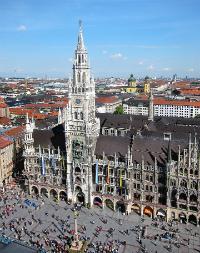
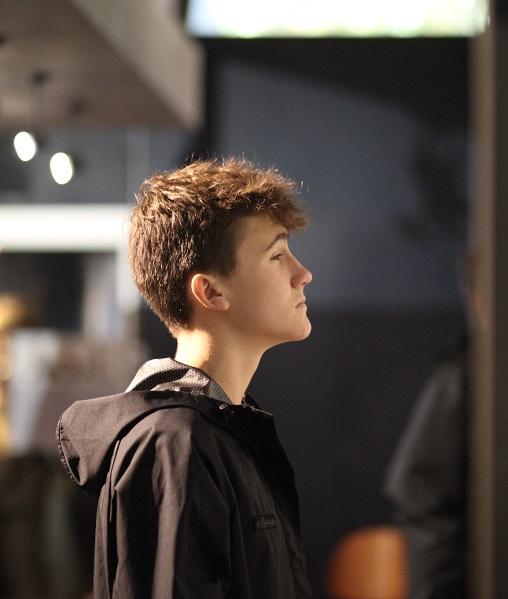

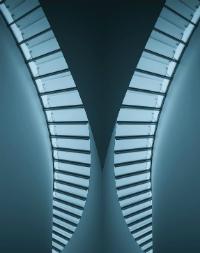





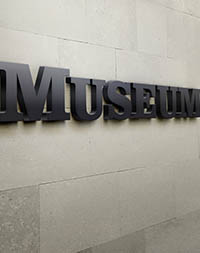



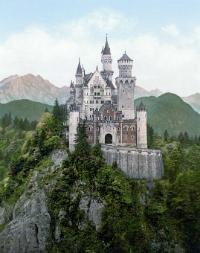
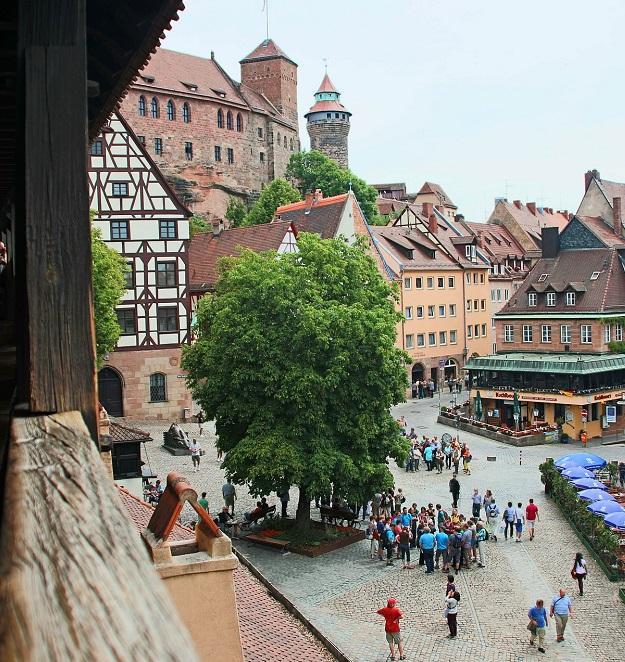
Typical accommodation

Why groups like it:
Facilities:




